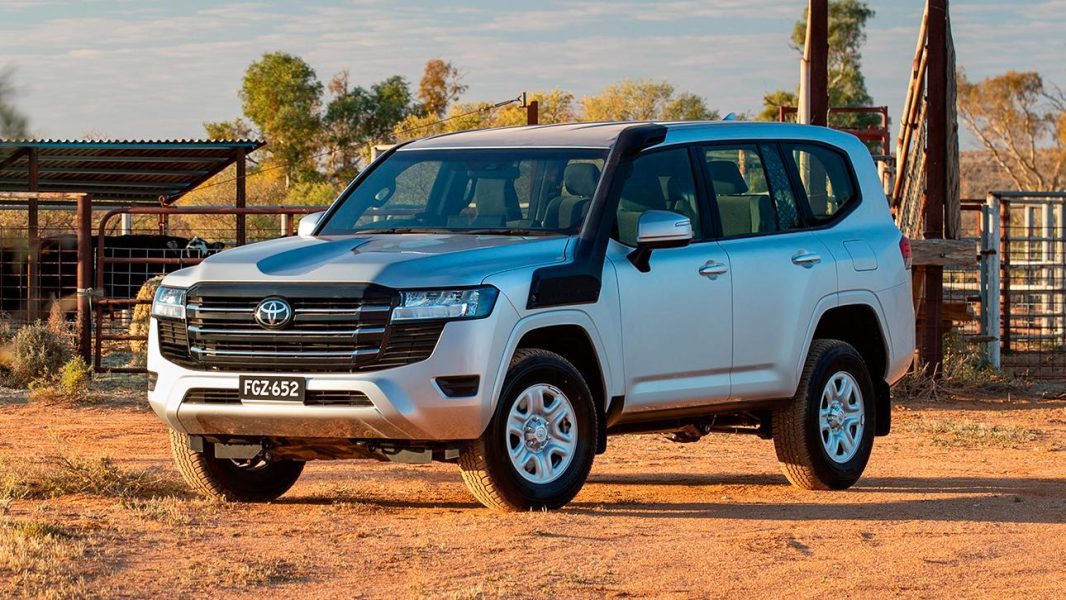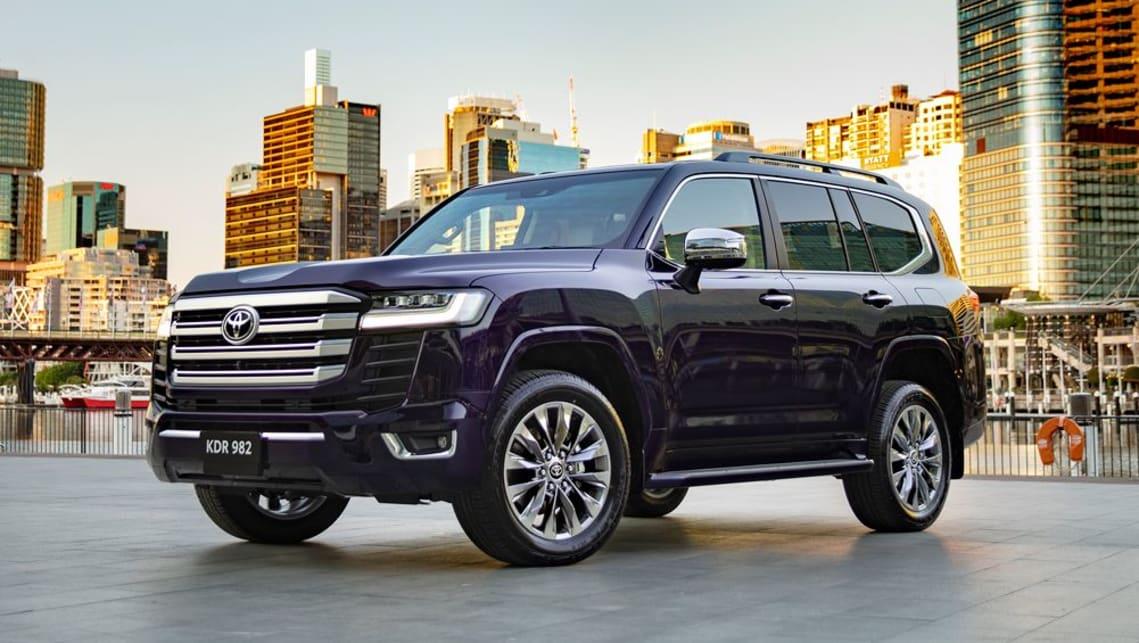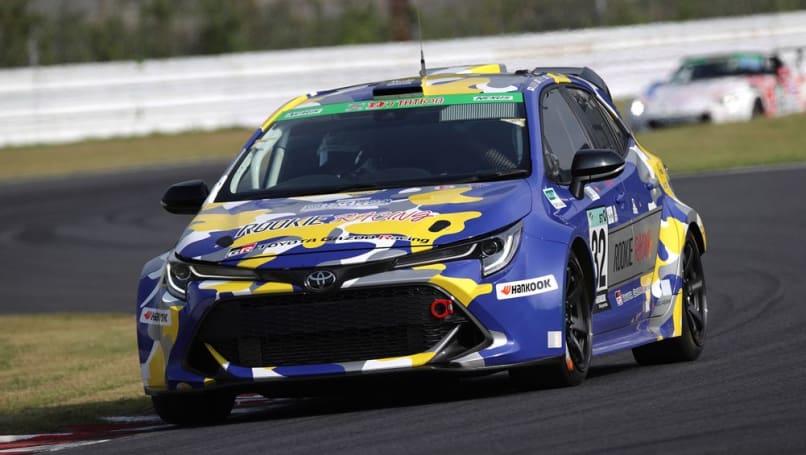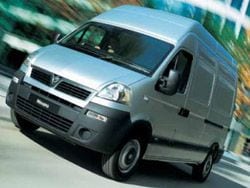
Can the Toyota LandCruiser 300 Series V8 be saved by hydrogen energy? Greener kart drivetrain for rival Nissan Patrol – report

The V8 diesel engine has been removed from the 300-series LandCruiser, but a greener option may be on the horizon.
Toyota LandCruiser may get a new version of the hydrogen-powered engine.
According to the Japanese Best car Toyota plans to use the just released LandCruiser 300 Series as the debut production model for its hydrogen internal combustion engine (ICE).
While there are no other clear details on the hydrogen-powered LandCruiser, this could mean that the V8 engine, which was discontinued when the new 300 series was launched last year, will be resurrected as a hydrogen engine.
For now, the next-generation off-road wagon is powered exclusively by a 3.3-liter turbocharged V6 diesel engine developing 227kW/700Nm - more than the 200kW/600Nm of the old V8 diesel engine.
While this is exciting news for LC300 fans, questions remain about fueling and cost. There are currently only a handful of hydrogen refueling stations in Australia, and only one in Victoria outside the secure gates of the Toyota Hydrogen Center in Altona.
The most expensive LandCruiser in Australia is the Sahara ZX, priced at $138,790, and with technology development costs, it could go up to the $200,000 mark.
It may sound crazy, but remember that Australian hydrogen fuel cell startup H2X has released a Ford Ranger-based model called the Warrego, priced between $189,000 and $250,000.
 Toyota raced a hydrogen-powered Corolla last year.
Toyota raced a hydrogen-powered Corolla last year.
Toyota has been developing a hydrogen powertrain for the past few years and tentatively introduced the engine under the hood of a Corolla hatchback raced in Japan last July before introducing the hydrogen-powered GR Yaris in December.
Toyota already has some advantages when it comes to hydrogen, but until last year it was hydrogen fuel cell electric vehicles (FCEVs) like the Mirai sedan.
This new powertrain is not an electric vehicle but is based on proven internal combustion technologies. However, unlike the FCEV, which emits only water vapor into the air, the ICE version burns hydrogen and produces exhaust gases.
Toyota executives have recently suggested that hydrogen could play a larger role in its lineup.
Speaking to Australian reporters last June, Toyota Australia general manager of product planning Rod Ferguson said that hydrogen technology could be used in a variety of applications such as light and heavy commercial vehicles.
“Now we are launching this type of vehicle, but the potential is certainly there for a range of heavier vehicles, light trucks, trains or buses. This technology is well suited for return to base or quick refueling,” he said.
Toyota is not the first manufacturer to experiment with ICE hydrogen powertrains. BMW built 100 examples of its Hydrogen 7 between 2005 and 2007. BMW used the 6.0-litre V12 engine from the 760i variant as the basis for the hydrogen engine, which produced 191 kW/390 Nm and accelerated to 0 km/h in 100 seconds.
Toyota Motor Corporation President Akio Toyoda is also actively promoting alternatives to battery electric vehicles when it comes to greening the global fleet. Last September, he warned that Japan's auto industry could be destroyed if Toyota switched to electric vehicles only.
“This means production of over eight million units will be lost and the auto industry is at risk of losing most of its 5.5 million jobs. If they say internal combustion engines are the enemy, we won't be able to make almost any vehicles."
